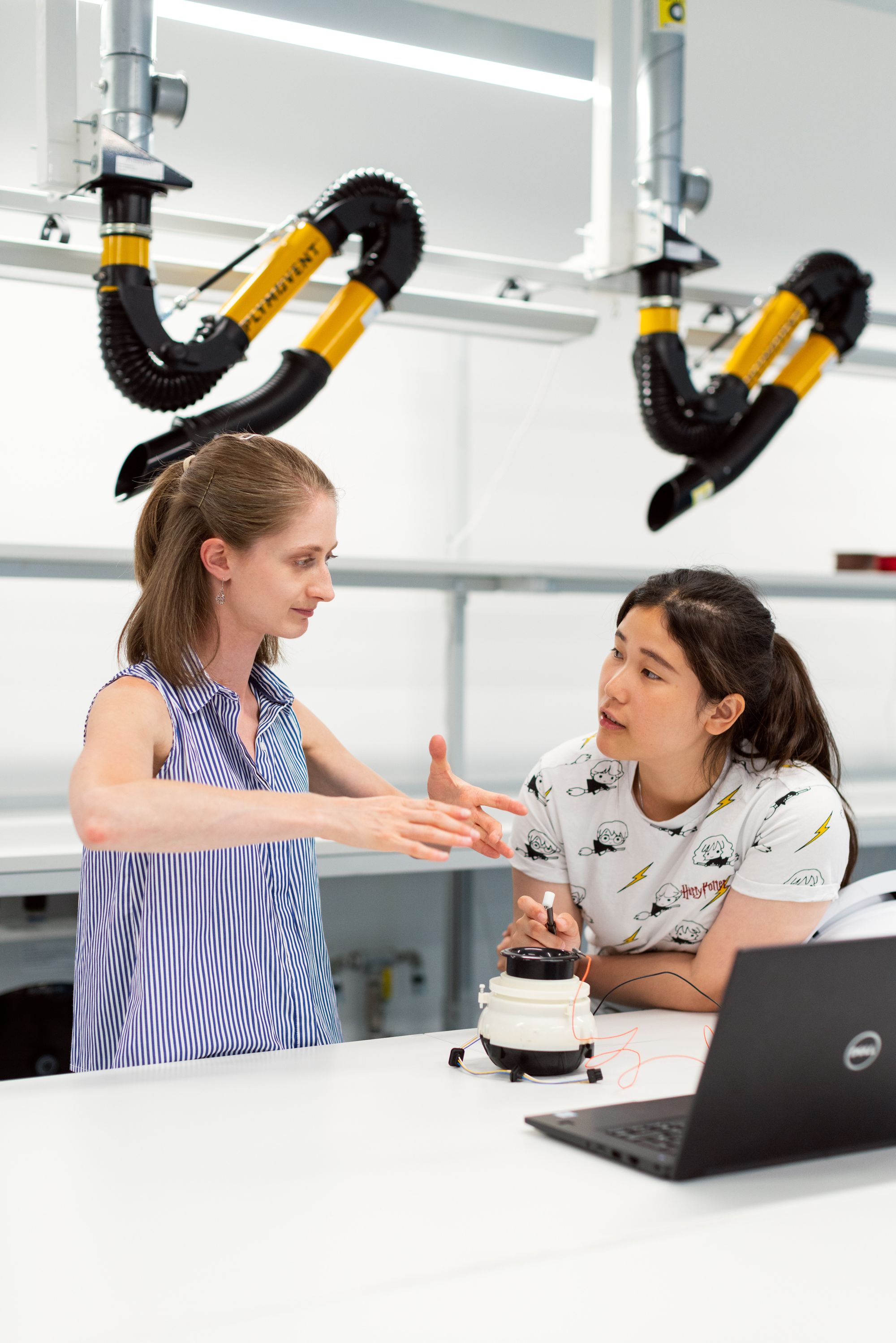One day soon an emerging technology highlighted in this report will allow you to virtually teleport to a distant site and actually feel the handshakes and hugs of fellow cyber travelers. Also close to becoming commonplace: humanoid (and animaloid) robots designed to socialize with people.
Together with the World Economic Forum, Scientific American convened an international Steering Group of leading technology experts and engaged in an intense process to identify this year's “Top 10 Emerging Technologies.” After soliciting nominations from additional experts around the globe.

Together with the World Economic Forum, Scientific American convened an international Steering Group of leading technology experts and engaged in an intense process to identify this year's “Top 10 Emerging Technologies.” After soliciting nominations from additional experts around the globe, the Steering Group evaluated dozens of proposals according to a number of criteria: Do the suggested technologies have the potential.
Biodegradable plastics can ease these problems, contributing to the goal of a “circular” plastic economy in which plastics derive from and are converted back to biomass. Like standard plastics derived from petrochemicals, biodegradable versions consist of polymers (long-chain molecules) that can be molded while in their fluid state into a variety of forms. The options currently available—mostly made from corn, sugarcane, or waste fats and oils.

Cellulose, the most abundant organic polymer on earth, is a major component of plant cell walls; lignin fills the spaces in those walls, providing strength and rigidity. To make plastics from those substances, manufacturers must first break them into their building blocks, or monomers. Investigators have recently found ways to do so for both substances.
Companies are building on these findings. For example, Chrysalix Technologies, a spin-off from Imperial College London, has developed a process that uses low-cost ionic liquids to separate cellulose and lignin from starting materials. A Finnish biotechnology company, MetGen Oy, produces a number of genetically engineered enzymes that cleave lignins of different origins into components needed for a wide range of applications.





Together with the World Economic Forum, Scientific American convened an international Steering Group of leading technology experts and engaged in an intense process to identify this year's “Top 10 Emerging Technologies.” After soliciting nominations from additional experts around the globe, the Steering Group evaluated dozens of proposals according to a number of criteria: Do the suggested technologies have the potential.
Earlier energy research firm Wood Mackenzie estimated that the market for energy storage would double from 2018 to 2019 and triple from 2019 to 2020.Lithium-ion batteries will likely be the dominant technology for the next five to 10 years, according to experts, and continuing improvements will result in batteries that can store four to eight hours of energy.

Earlier energy research firm Wood Mackenzie estimated that the market for energy storage would double from 2018 to 2019 and triple from 2019 to 2020.Lithium-ion batteries will likely be the dominant technology for the next five to 10 years, according to experts, and continuing improvements will result in batteries that can store four to eight hours of energy.









Leave a Comment